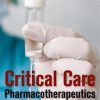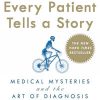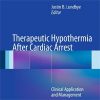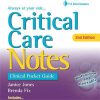Noninvasive Respiratory Support for COVID-19 Patients: When, for Whom, and How?
jintensivecare.biomedcentral.comThe significant mortality rate and prolonged ventilator days associated with invasive mechanical ventilation (IMV) in patients with severe COVID-19 have incited a debate surrounding the use of noninvasive respiratory support (NIRS) (i.e., HFNC, CPAP, NIV) as a potential treatment strategy.
Central to this debate is the role of NIRS in preventing intubation in patients with mild respiratory disease and the potential beneficial effects on both patient outcome and resource utilization.
However, there remains valid concern that use of NIRS may prolong time to intubation and lung protective ventilation in patients with more advanced disease, thereby worsening respiratory mechanics via self-inflicted lung injury.
In addition, the risk of aerosolization with the use of NIRS has the potential to increase healthcare worker (HCW) exposure to the virus.
We review the existing literature with a focus on rationale, patient selection and outcomes associated with the use of NIRS in COVID-19 and prior pandemics, as well as in patients with acute respiratory failure due to different etiologies (i.e., COPD, cardiogenic pulmonary edema, etc.) to understand the potential role of NIRS in COVID-19 patients.
Based on this analysis we suggest an algorithm for NIRS in COVID-19 patients which includes indications and contraindications for use, monitoring recommendations, systems-based practices to reduce HCW exposure, and predictors of NIRS failure.

















